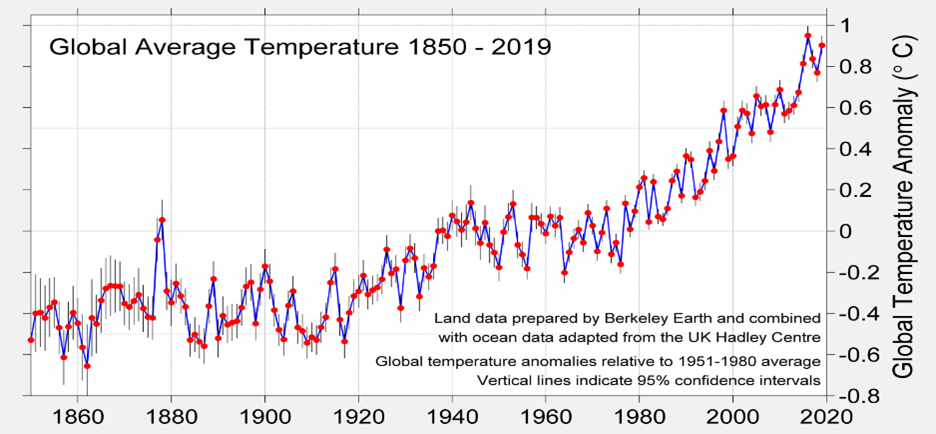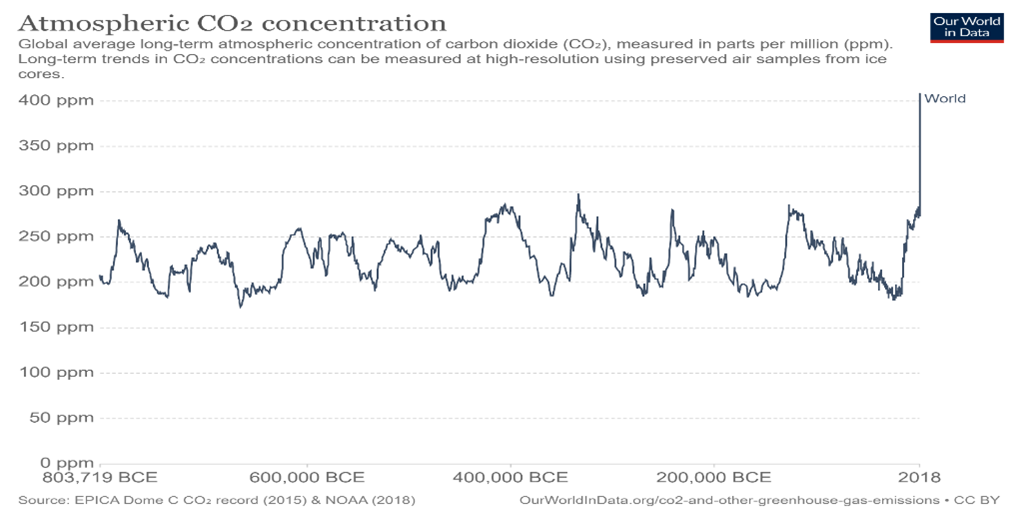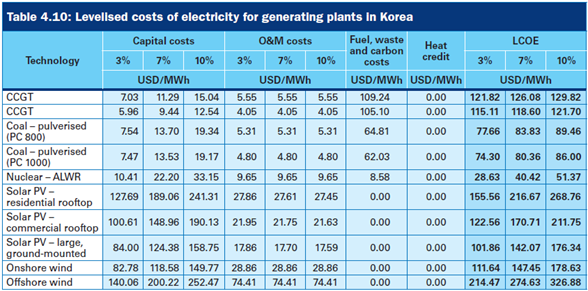Author(s)
The Future of South Korea's Nuclear Diplomacy and Energy Policy
The Role and Prospects of Nuclear Energy as a Key Tool for Achieving Net-Zero
January 11, 2025
▶️ South Korea's Nuclear Market Expansion: South Korea's selection as the preferred bidder for nuclear power plants in the Czech Republic highlights its efforts to penetrate the European nuclear energy market. Advanced APR1000 reactors meeting European standards enhance its competitive edge, with potential for further exports to other European nations.
▶️ Nuclear Energy's Role in Net-Zero Goals: Nuclear power is emerging as a critical tool for achieving carbon neutrality due to its low emissions and cost-effectiveness compared to renewable energy sources. The global push for CF100 (Carbon-Free 100%) reflects a shift from renewable-only strategies, addressing limitations like energy storage costs and intermittency.
▶️ Emergence of Small Modular Reactors (SMRs): SMRs are gaining traction as versatile and safer alternatives to large-scale reactors, suitable for weak grid areas, lower investment costs, and diverse applications, including process heat and hydrogen production. The private sector's involvement, exemplified by companies like Microsoft and Amazon, is driving innovation and investment in SMR technology.
In July, South Korea was selected as the preferred bidder for two Dukovany nuclear power plants in the Czech Republic, surpassing competitors such as the United States and France. This marks a significant milestone in establishing a foothold for South Korea's entry into the European nuclear energy market. The APR1000 reactors proposed for this project incorporate advanced features designed to meet European standards, including a core-catcher system to enhance severe accident management and cooling towers optimized for inland operations. If South Korea secures the Czech nuclear project, it will likely pave the way for broader expansion into the European market, increasing the prospects of additional exports to other countries in the region.
Excluding the U.S. and China, the future global nuclear market is expected to focus on key countries such as Finland, Sweden, the Netherlands, Poland, the United Kingdom, and Italy in Europe, as well as the UAE and Saudi Arabia in the Middle East. These nations have already adopted nuclear energy expansion as part of their national energy policies, with projections indicating a nuclear market valued at potentially hundreds of trillions of won within the next decade. This raises the question of why these nations have chosen to return to or expand their reliance on nuclear energy.
It is broadly acknowledged that the world has been suffering from the environmental consequences of indiscriminate fossil fuel use since the Industrial Revolution. As shown in the figure below, the Earth's average temperature has steadily risen over the past century, primarily due to the greenhouse effect caused by carbon dioxide emissions.

< Source: Berkeley Earth/UK Hadley Center>
Some argue that because fluctuations in atmospheric carbon dioxide levels have historically occurred due to various factors, it would be inaccurate to suggest that a change in global carbon dioxide levels could result in a continuous rise in Earth's temperature.

< Source: NOAA>
However, as shown in the figure above, this argument is not very convincing when considering the changes in atmospheric carbon dioxide levels over the past 800,000 years. Throughout this entire period, the concentration of carbon dioxide in Earth's atmosphere never exceeded 300 ppm. That is until after the industrial revolution, leading to a situation where CO2 levels have surpassed 410 ppm. In response, the environmental organization The Climate Group launched the RE100 campaign in 2014. This initiative aimed to encourage companies to meet 100% of their electricity needs with renewable energy. Major corporations such as Apple, Google, and Samsung Electronics have joined, with 180 companies declaring their participation.
The challenge, however, lies in the feasibility of achieving RE100. The intermittency of renewable energy sources and issues like load imbalances necessitate the construction of costly energy storage systems (ESS). These limitations make the realization of RE100 highly impractical. Similarly, while global efforts such as the 2015 Paris Climate Agreement continue to seek solutions, achieving carbon neutrality (Net-Zero) by 2050 remains an ambitious and challenging goal.
Recognizing this, the Intergovernmental Panel on Climate Change (IPCC) in 2018 recommended expanding nuclear energy, a carbon-free energy source. This reflects a shift from the idealistic RE100 to a more realistic alternative, CF100, which includes nuclear power. When comparing carbon dioxide emissions by energy source, nuclear energy stands out with emissions as low as 30g/KWh, even when indirect emissions are included. This is significantly lower than solar power (279g/KWh), wind energy (75g/KWh), and biomass (116g/KWh).
The table below highlights the cost of electricity generation by energy source. Nuclear power not only far outperforms renewable energy in terms of cost but also maintains economic advantages over coal, even when considering its longer construction times and a 10% interest rate. This underscores the competitiveness of nuclear power as a key solution in achieving Net-Zero.

< Source: IEA-OECD, 2015>
In December of last year, the 28th Conference of the Parties to the United Nations Framework Convention on Climate Change (COP28) was held in the UAE. The conference's final agreement formally recognized hydrogen and nuclear energy, alongside renewable energy, as key tools for carbon reduction. Additionally, 22 countries, including South Korea, the United States, France, the United Kingdom, and Canada, signed a commitment to triple the share of nuclear power in their energy systems by 2050.
As demonstrated above, leading countries are advancing nuclear expansion policies as part of their ambitious efforts to achieve Net-Zero and combat global warming. Recently, there has been growing global interest in diversifying the use of nuclear power—not only for electricity generation but also for process heat applications and hydrogen production. To this end, many countries are accelerating the development of Small Modular Reactors (SMRs) as a key strategy. SMRs are emerging as a major component of initiatives like C2N (Carbon to Nuclear), which aims to replace aging coal-fired power plants with SMRs. They are also gaining recognition as a means to enhance safety compared to traditional large-scale nuclear reactors and address the intermittency challenges of renewable energy.
SMRs offer several advantages, such as providing energy to areas with weak grid infrastructure, requiring lower initial investment costs compared to large-scale reactors, and being more accessible from a project financing perspective. These benefits make SMRs a particularly attractive option for diverse applications.
Recently, in the United States, a notable case emerged where Microsoft, as the direct stakeholder, was made responsible for securing the electricity supply for its anticipated high-energy-consuming big data centers. This case provides significant implications for us to consider. It highlights the possibility that private companies may increasingly have to take responsibility for sourcing their own electricity, particularly as demand grows with the expansion of artificial intelligence, robotics, and big data centers. This trend suggests that private-sector-led SMR development and operation could play a significant role in the future.
For these reasons, it is worth noting that major global corporations, including Amazon and Google in the United States and domestic companies like Doosan Enerbility and Samsung, are actively investing in SMR technology.
Photo Credit: Korea Yonggwang NPP (This file is licensed under the Creative Commons Attribution-Share Alike 2.0 Generic license.)